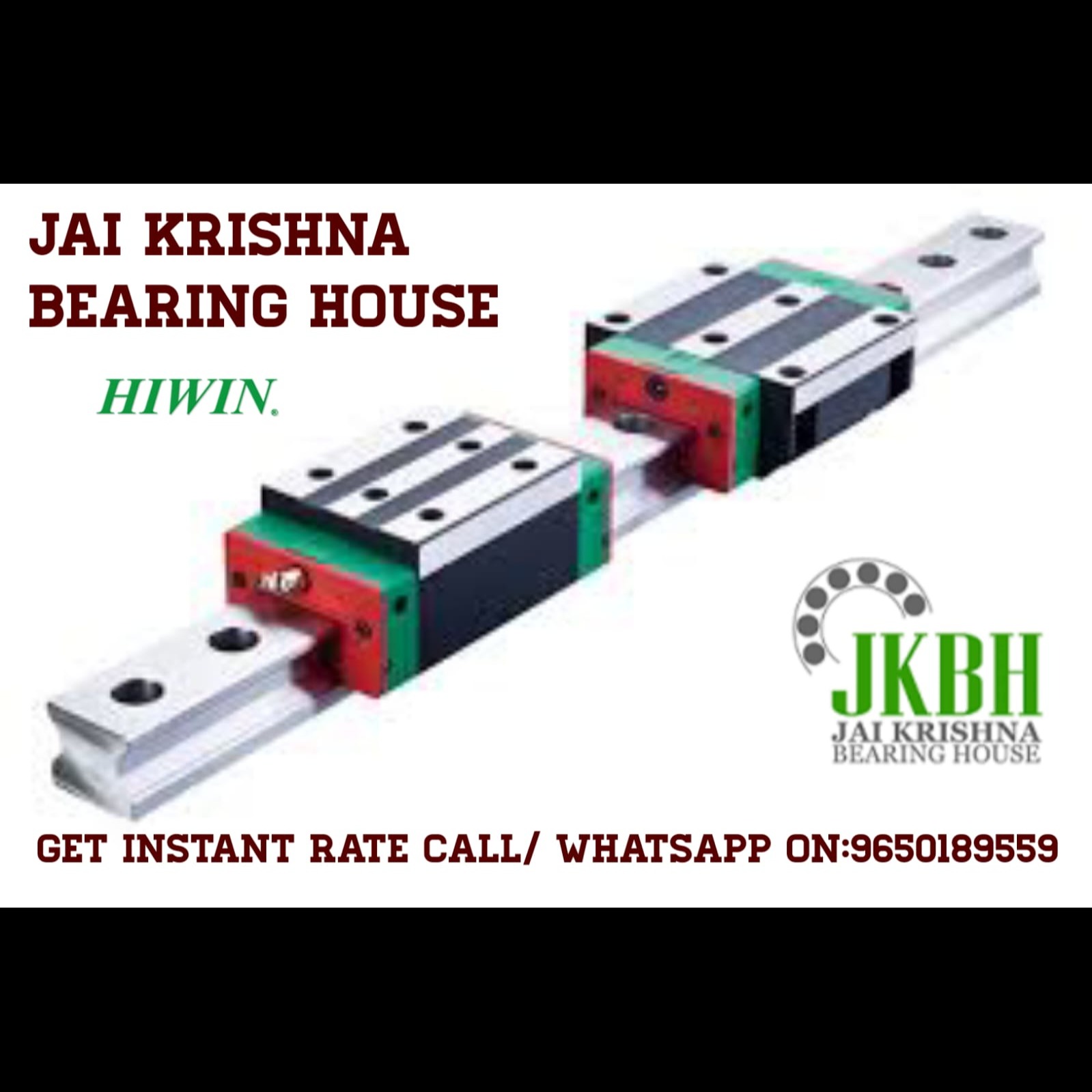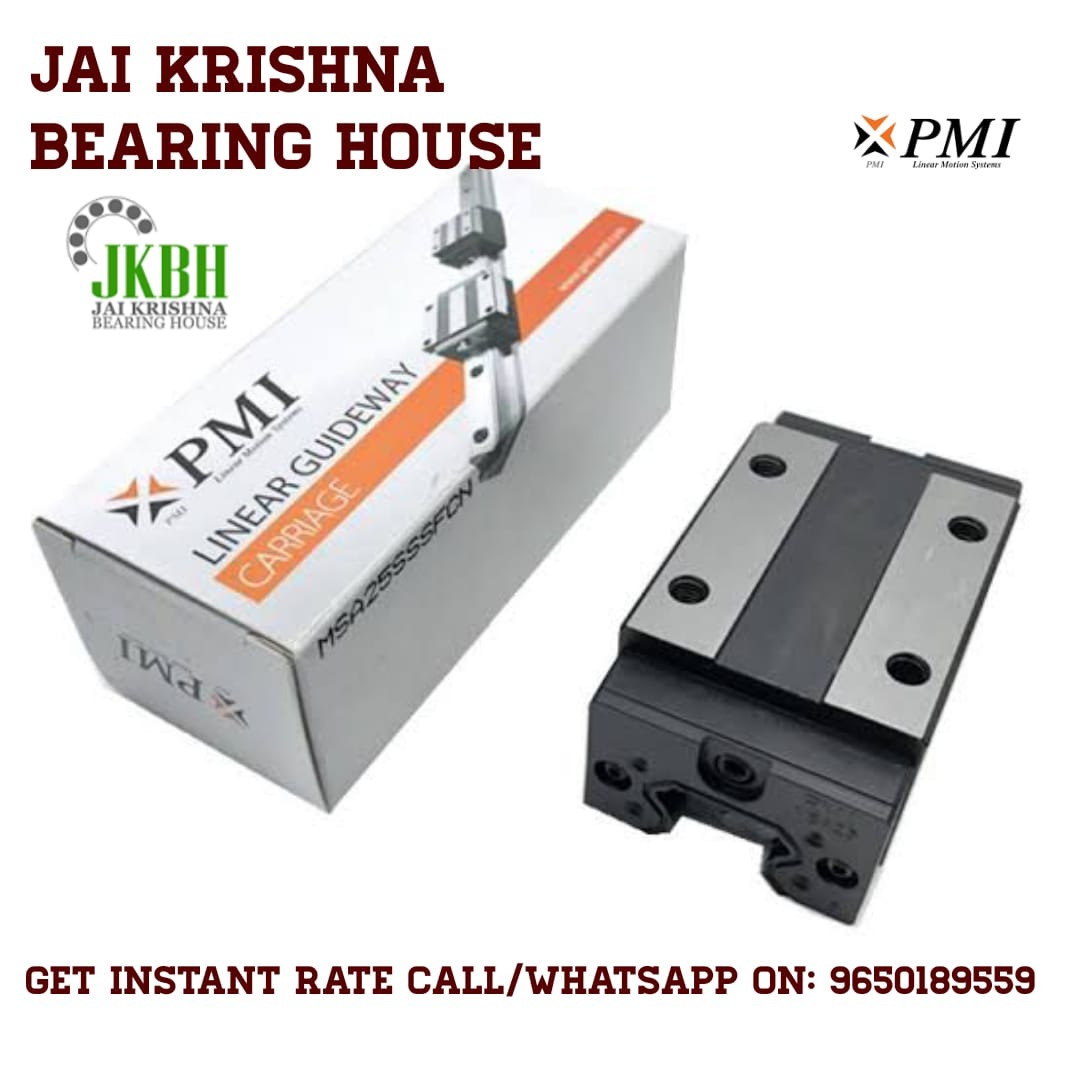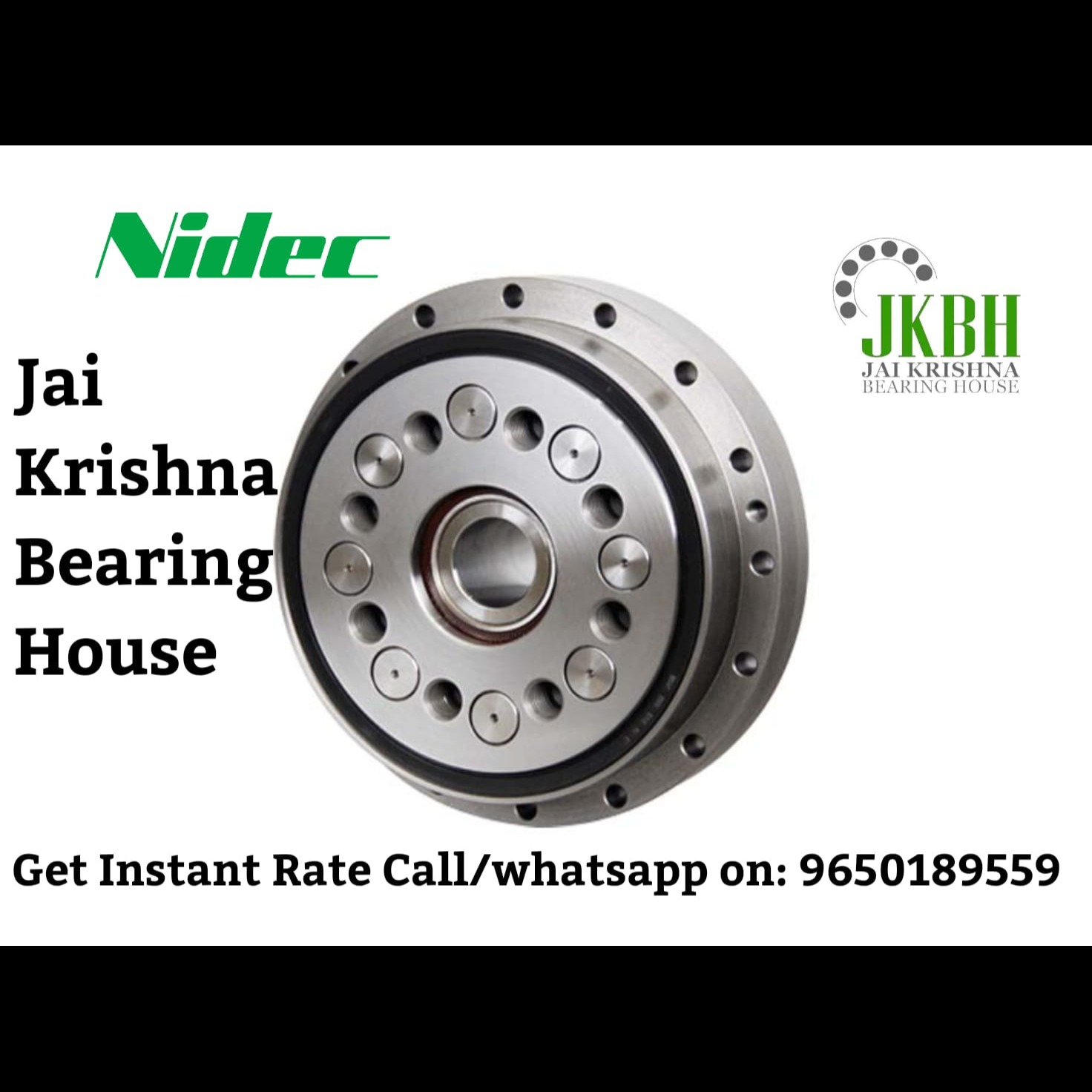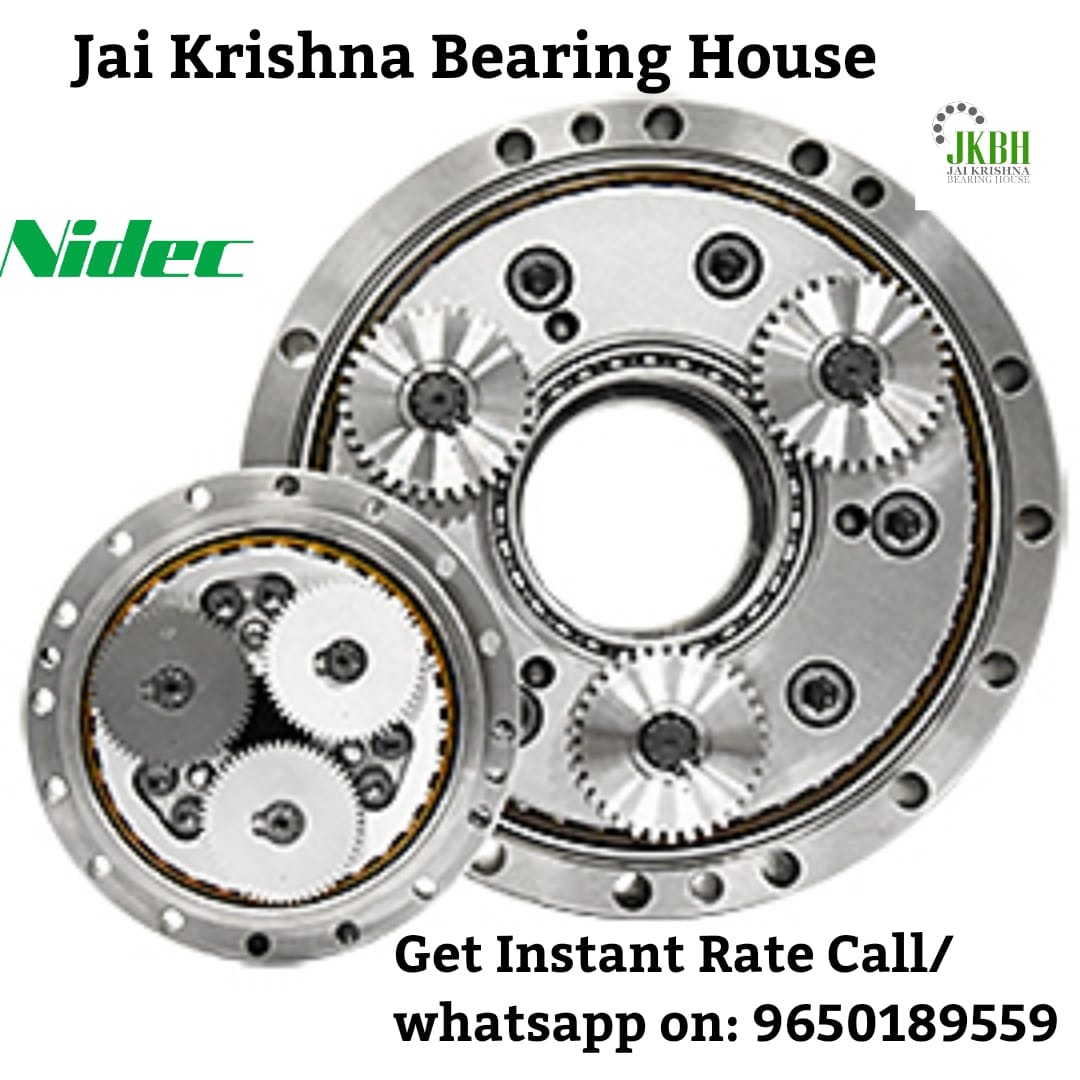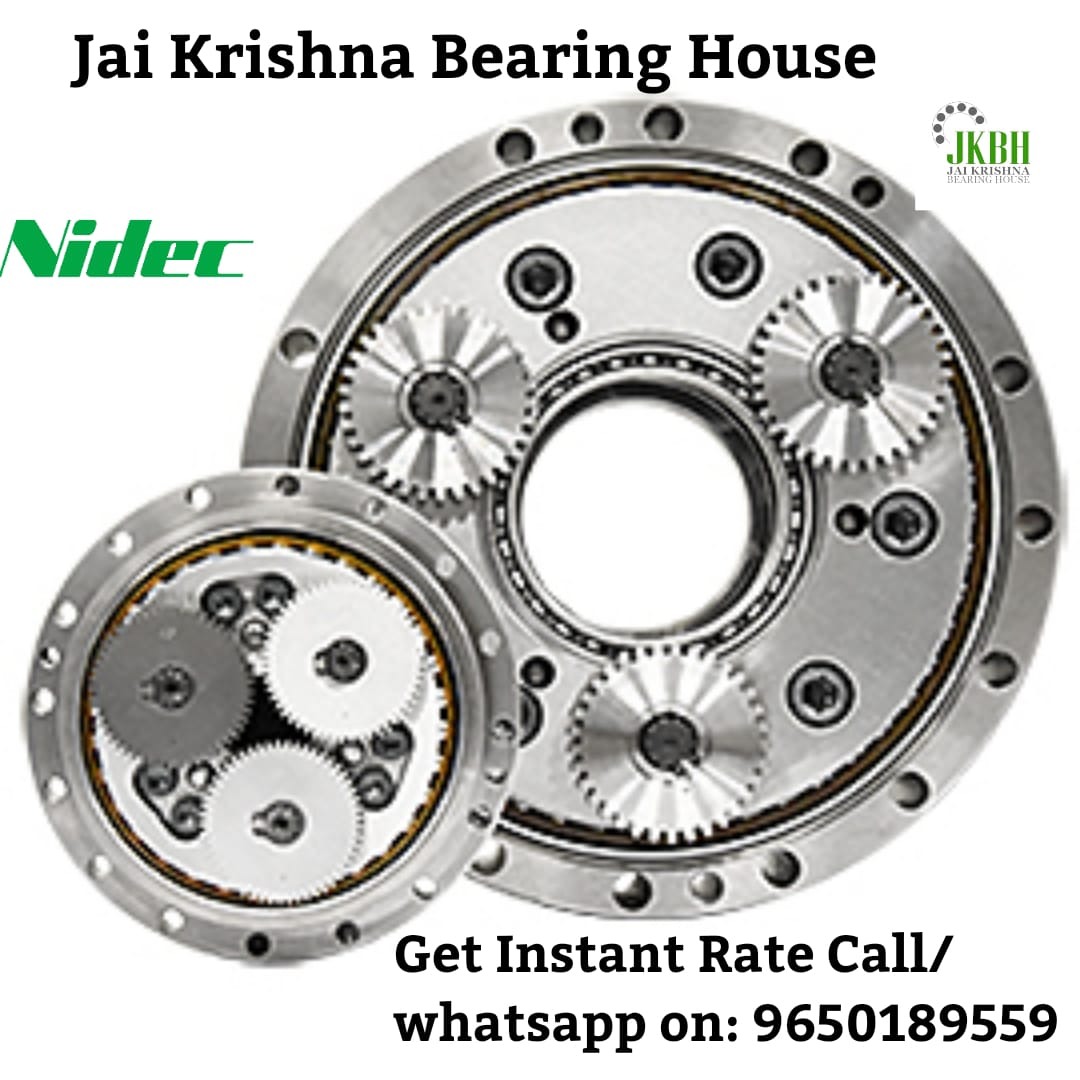
A speed reducer, also known as a gear reducer or gearbox, is a mechanical device that decreases the speed of an electric motor or engine while increasing its output torque. It is commonly used in machinery where high-speed input needs to be converted into lower-speed, high-torque output to perform specific tasks efficiently. Speed reducers are vital for the smooth functioning of industrial equipment such as conveyors, pumps, and mixers.
Key Features of Speed Reducers
Torque Amplification
One of the main functions of a speed reducer is to increase torque while reducing speed. By decreasing the rotational speed of the input shaft, the reducer amplifies torque, which is essential for driving heavy loads or performing tasks requiring high force.
Durability and Robustness
Speed reducers are designed to withstand harsh industrial environments, from extreme temperatures to heavy loads. High-quality materials such as cast iron, steel, and alloy metals are often used to ensure long-lasting durability and reliable performance.
Energy Efficiency
Speed reducers help optimize energy consumption by ensuring that motors operate at lower speeds, minimizing energy waste. This results in lower operational costs and increased system efficiency.
Variety of Gear Types
Speed reducers come in various gear configurations, including helical gears, worm gears, planetary gears, and bevel gears, to meet specific application needs. Each type of gear offers distinct advantages in terms of torque output, efficiency, and design complexity.
Customizable Ratios
Speed reducers are available with customizable gear ratios, allowing users to select the exact reduction needed for their specific application. This flexibility ensures that the machine operates at the optimal speed and torque for the task at hand.
Types of Speed Reducers
Helical Gear Reducers
Helical gear reducers are known for their smooth and efficient operation, thanks to the angled design of the gears. This configuration allows for gradual engagement of the teeth, reducing noise and wear while delivering high torque. Helical gear reducers are commonly used in conveyors, elevators, and mixers.
Worm Gear Reducers
Worm gear reducers consist of a worm (a screw-like gear) and a worm wheel, offering high torque and low-speed output. These reducers are highly compact, making them ideal for space-constrained applications such as lifts, hoists, and light-duty machinery. They are also known for their ability to prevent back-driving, improving safety in load-holding applications.
Planetary Gear Reducers
Planetary gear reducers feature a central sun gear, planet gears, and an outer ring gear, offering high torque and efficiency in a compact design. Their ability to distribute load evenly across multiple gears makes them ideal for high-torque applications like robotics, printing presses, and wind turbines.
Bevel Gear Reducers
Bevel gear reducers use conical-shaped gears to change the direction of force by 90 degrees. These reducers are commonly used in applications that require the transfer of motion between non-parallel shafts, such as in marine drives, mining equipment, and industrial mixers.
Cycloidal Gear Reducers
Cycloidal gear reducers provide smooth, vibration-free motion with high precision. They are commonly used in applications that demand reliability and minimal backlash, such as robotics, packaging machines, and indexing tables.
Applications of Speed Reducers
Material Handling and Conveyors
Speed reducers are widely used in conveyor systems, where they help regulate belt speed and increase torque to handle heavy loads efficiently. In industries like logistics, mining, and manufacturing, conveyors equipped with speed reducers improve productivity by moving materials quickly and safely.
Agriculture Equipment
In agriculture, speed reducers are used in machinery such as tractors, harvesters, and grain handling systems. They ensure that these machines operate at the right speed and torque for plowing, seeding, and harvesting, enhancing productivity and reducing wear on equipment.
Construction Machinery
Construction equipment such as cranes, bulldozers, and excavators rely on speed reducers to optimize power transmission. The high-torque output provided by speed reducers ensures that these machines can handle heavy-duty tasks like lifting, digging, and transporting materials with precision and safety.
Automotive Industry
Speed reducers are used in automotive transmissions, where they play a critical role in controlling engine speed and torque distribution. This ensures smooth gear transitions, improves fuel efficiency, and enhances overall vehicle performance.
Keywords
cast iron
90 degrees
high force
belt speed
worm gears
worm wheel
Gear Types
high torque
right speed
heavy loads
input shaft
bevel gears
engine speed
planet gears
energy waste
alloy metals
Key Features
lower speeds
output torque
critical role
marine drives
wind turbines
angled design
optimal speed
helical gears
high precision
multiple gears
compact design
main functions
specific tasks
electric motor
fuel efficiency
parallel shafts
exact reduction
planetary gears
screw-like gear
outer ring gear
mining equipment
heavy-duty tasks
minimal backlash
printing presses
rotational speed
high-speed input
low-speed output
conveyor systems
central sun gear
system efficiency
Energy Efficiency
industrial mixers
design complexity
mechanical device
Material Handling
packaging machines
power transmission
gradual engagement
energy consumption
smooth functioning
Worm Gear Reducers
torque distribution
Automotive Industry
efficient operation
distinct advantages
Customizable Ratios
Bevel Gear Reducers
light-duty machinery
conical-shaped gears
extreme temperatures
industrial equipment
reliable performance
Agriculture Equipment
Helical Gear Reducers
High-quality materials
Construction Machinery
Construction equipment
grain handling systems
long-lasting durability
Planetary Gear Reducers
smooth gear transitions
Cycloidal Gear Reducers
lower operational costs
high-torque applications
automotive transmissions
customizable gear ratios
load-holding applications
specific application needs
overall vehicle performance
various gear configurations
smooth, vibration-free motion
harsh industrial environments
space-constrained applications
lower-speed, high-torque output
Speed Reducers Torque Amplification
